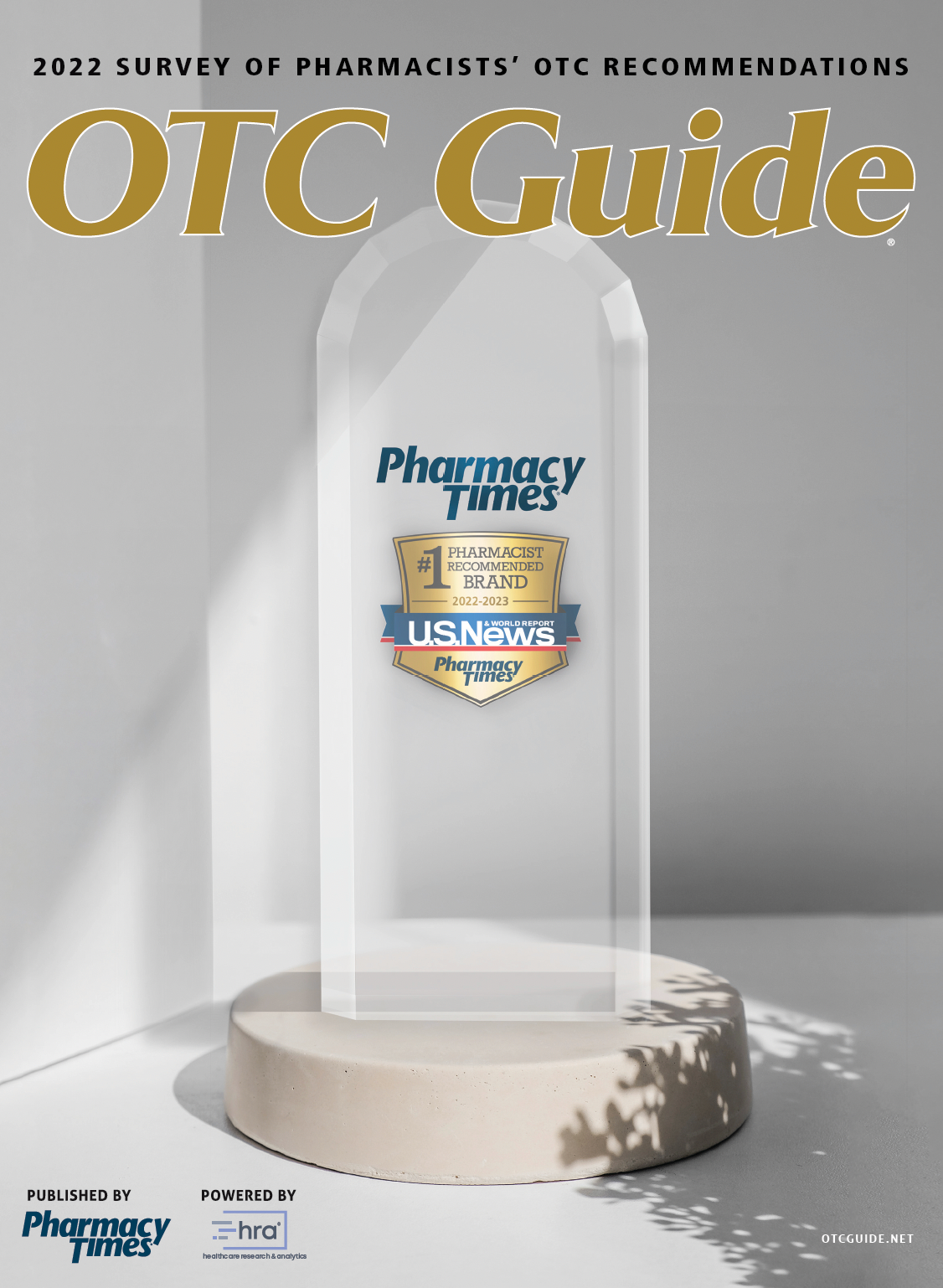Publication
Article
OTC Guide
Seize the Opportunity to Help Those Who Need Special OTC Counseling
Pharmacists possess abundant knowledge about health modalities and medications that they should share with patients.
Pharmacy shelves can be confusing for some patients and overwhelming for others.
With years of training and perhaps many more of experience in staffing a community pharmacy, most pharmacists can navigate even the longest OTC shelves with ease. Nary an item exists about which we don’t have some knowledge. When asked for help, we coach relatives and friends alike almost subconsciously. Still, for many not in our social networks, and even some who are, the OTC aisles can be frustrating.
To the average patient, the pain medication aisle offers many options. But pharmacists know that the category is dominated by 3 active ingredients, a few also-rans, and niche topical products. To nonpharmacists, the cold and cough section looks like a mess, flush with combination products and conflicting messages about daytime wakefulness, high blood pressure, nighttime effectiveness, and an ever-raging efficacy debate about all types of congestion.
A Mere 90 Seconds I Will Not Soon Forget
For patients with special needs, the OTC product options can be overwhelming and impossible to navigate alone.
Nearly 2 decades ago, I was working one of my first shifts at a community pharmacy when a patient approached the window and said, “Can you help me find a medication?”
I said “Certainly, what can I find for you?” as I walked out the door and into the OTC aisle on my way to lunch.
I proceeded to walk the patient over to the area where the active ingredient she wanted was found and give her a quick run-through of the products.
She ended our encounter by saying, “I want to thank you for coming out here with me. I can’t read, and I’ve never had a pharmacist come show me. I’ve always relied on somebody else in the aisles to grab the product for me.”
Those 90 seconds had a profound effect on me, and as a result, I have never neglected to ask patients whether they want me or another staff member to help them find a product. Please don’t forget that more than 40 million Americans have low literacy skills, more than 8 million very low literacy, and another 8 million almost none or none.1 In addition, more than one-third of Americans (36%) have low health literacy and cannot identify common medical terminology or medications.2,3 There are millions more who are health literate but do not read or speak English as a first language.
For Many, It Is Their Only Access to Affordable Care
The average consumer-patient makes 26 trips a year to a pharmacy for OTC products.4 For many, pharmacists are the only access they have to a health care provider during the course of a year, or 2, or 3. From the 20-something intrepid who is anxious about her first pregnancy test to the highway contractor with nagging headaches and in need of shoes that allow his feet to breathe better, pharmacists are it—whether we like it or not. True, many consumer-patients can walk into one of more than 60,000 pharmacies or 750,000 OTC retail locations in the United States, pick out an appropriate OTC product, and administer it optimally. But many cannot do this on their own.
Meanwhile, OTC counseling should be covered by insurance and, for the uninsured, by the Health Resources and Services Administration.
OTC selection and counseling is an important responsibility for many licensed health care professionals, but especially for community pharmacists. We are the front door to the health care system for nearly everyone who opts to stay in the front yard and engage in self-care if they are allowed. We need to occupy that front yard and the OTC aisles and be paid to do so. For a low cost, consumer-patients should be able to request a 5-minute or 10-minute consultation for OTC medications and products. It could do a lot of good. In the meantime, pharmacists should do their best with yet another unpaid but highly valuable service to the community.
We hope you enjoy the 2022 OTC Guide®.
ABOUT THE AUTHOR
Troy Trygstad, PharmD, PhD, MBA, is the executive director of Community Pharmacy Enhanced Services Network (CPESN) USA, a clinically integrated network of more than 3500 participating pharmacies.
REFERENCES
1. Adult literacy in the United States. National Center for Education Statistics. July 2019. Accessed May 20, 2022. https://nces.ed.gov/pubs2019/2019179/index.asp
2. Health literacy fact sheets. Center for Health Care Strategies. Accessed May 20, 2022. https://www.chcs.org/resource/health-literacy-fact-sheets/
3. How is low health literacy identified? Center for Health Care Strategies. October 2013. Accessed May 20, 2022. https://www.chcs.org/media/How_is_Low_Health_Literacy_Identified.pdf
4. OTC sales statistics. Consumer Healthcare Products Association. Accessed May 20, 2022. https://www.chpa.org/about-consumer-healthcare/research-data/otc-sales-statistics

Newsletter
Stay informed on drug updates, treatment guidelines, and pharmacy practice trends—subscribe to Pharmacy Times for weekly clinical insights.





